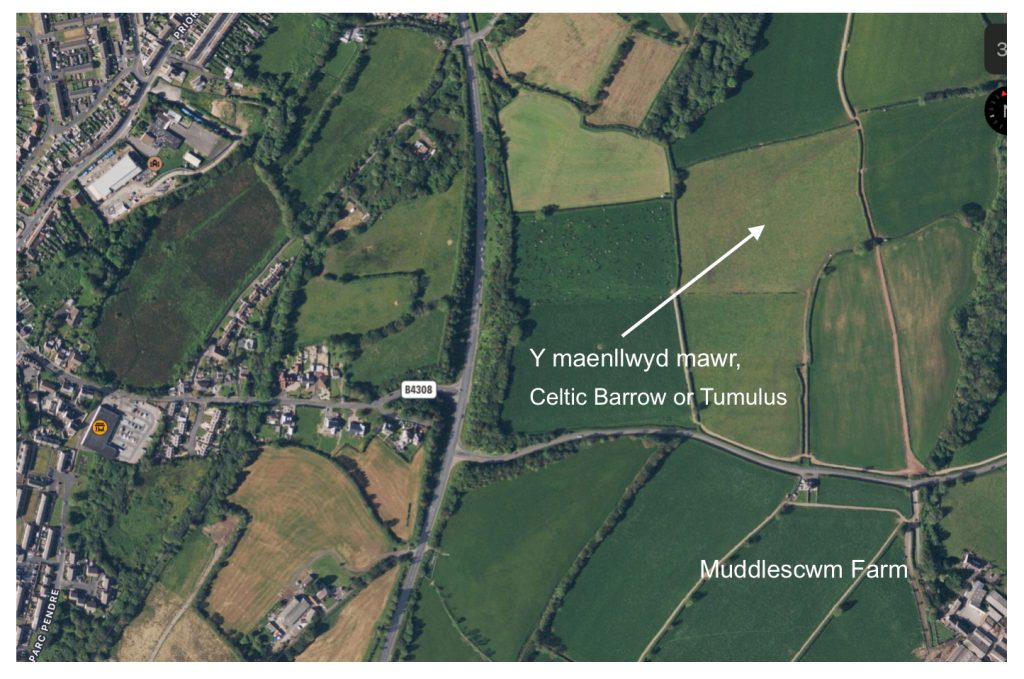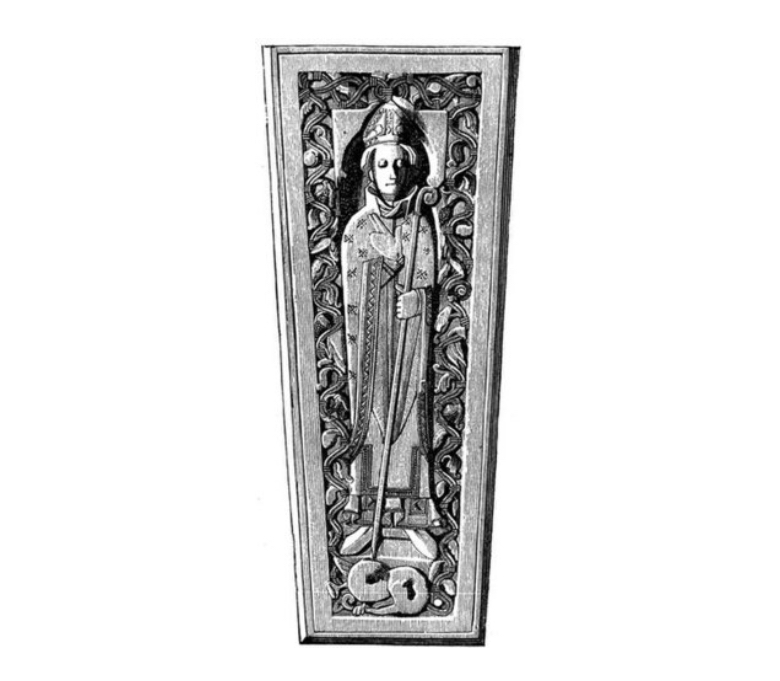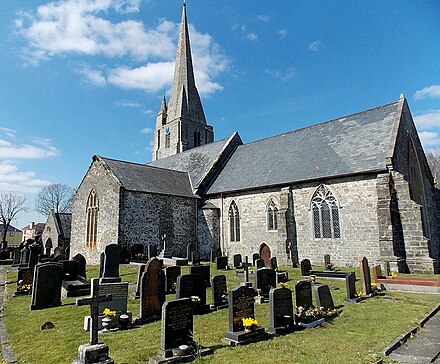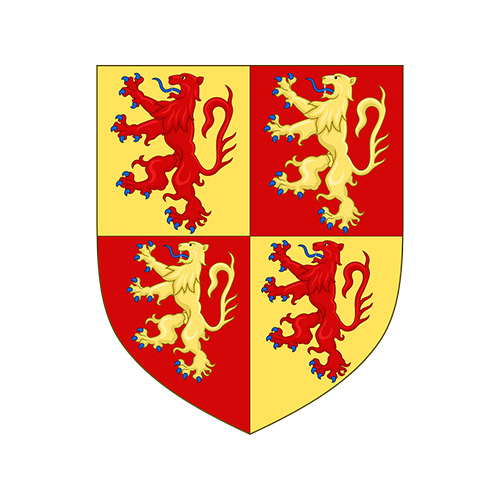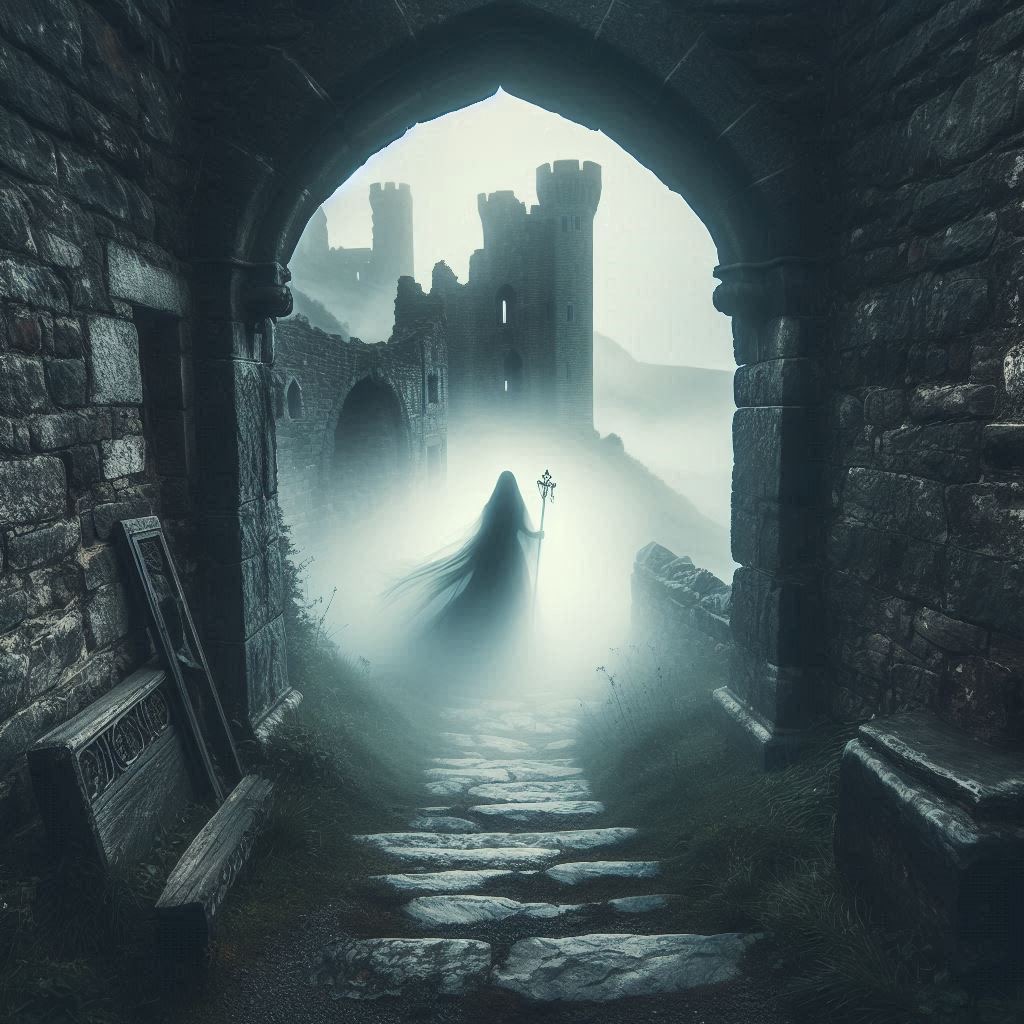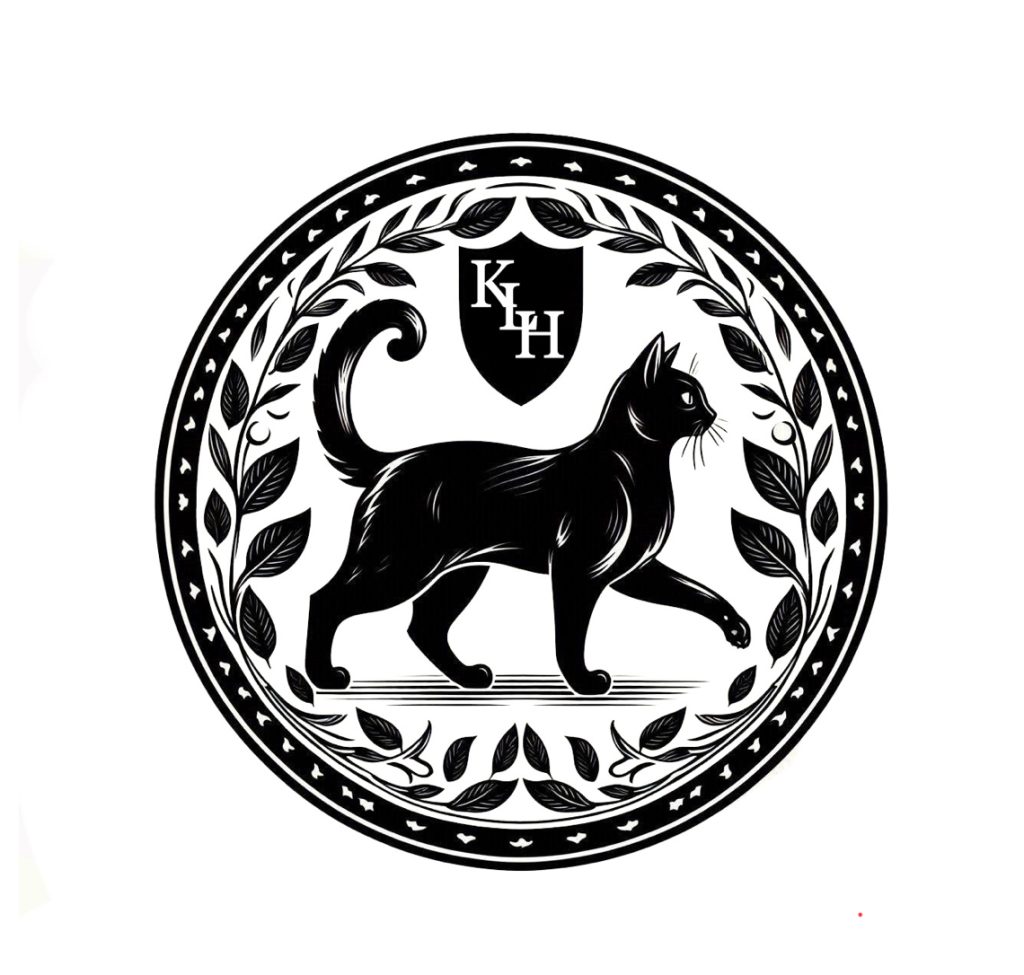Prehistory
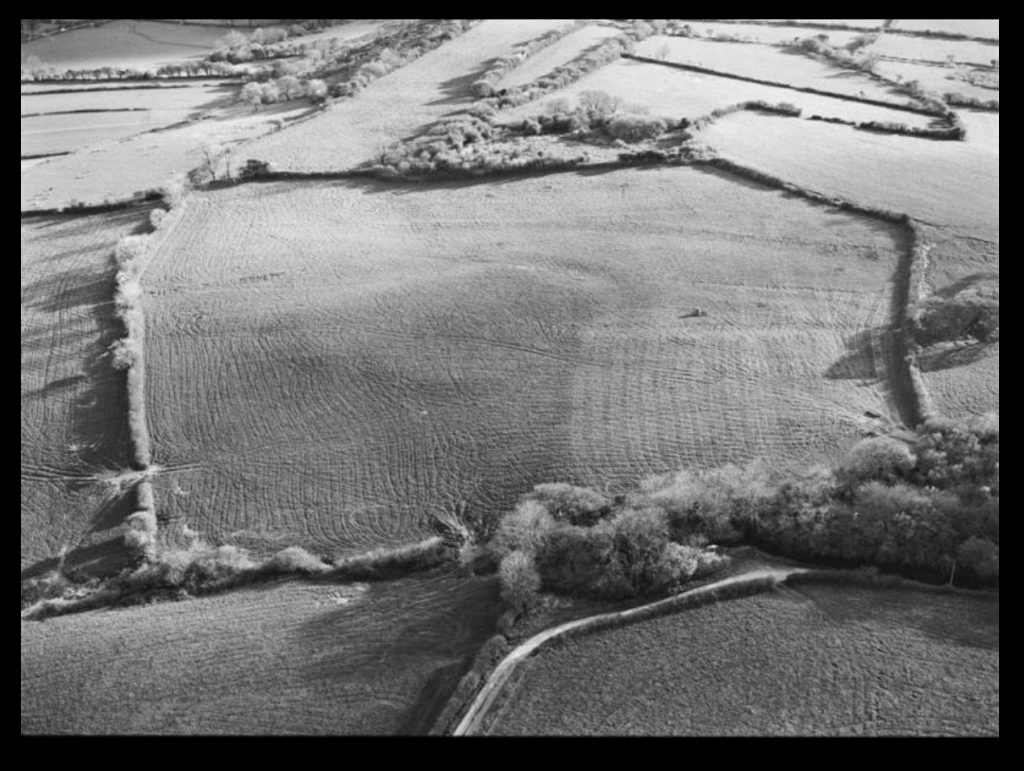
Penlan Uchaf Enclosure
To the South East of Penlan Uchaf Farm lies a prehistoric denuded remains of a enclosure.
What is left of the enclosure lies adjacent to and immediately to the East of a standing stone. The stone lies on a level terrace almost at the point at which the ground starts to fall away to the East as a sloping terrace. It is on this terrace that the enclosure lies. (source: Colfein)
C2nd
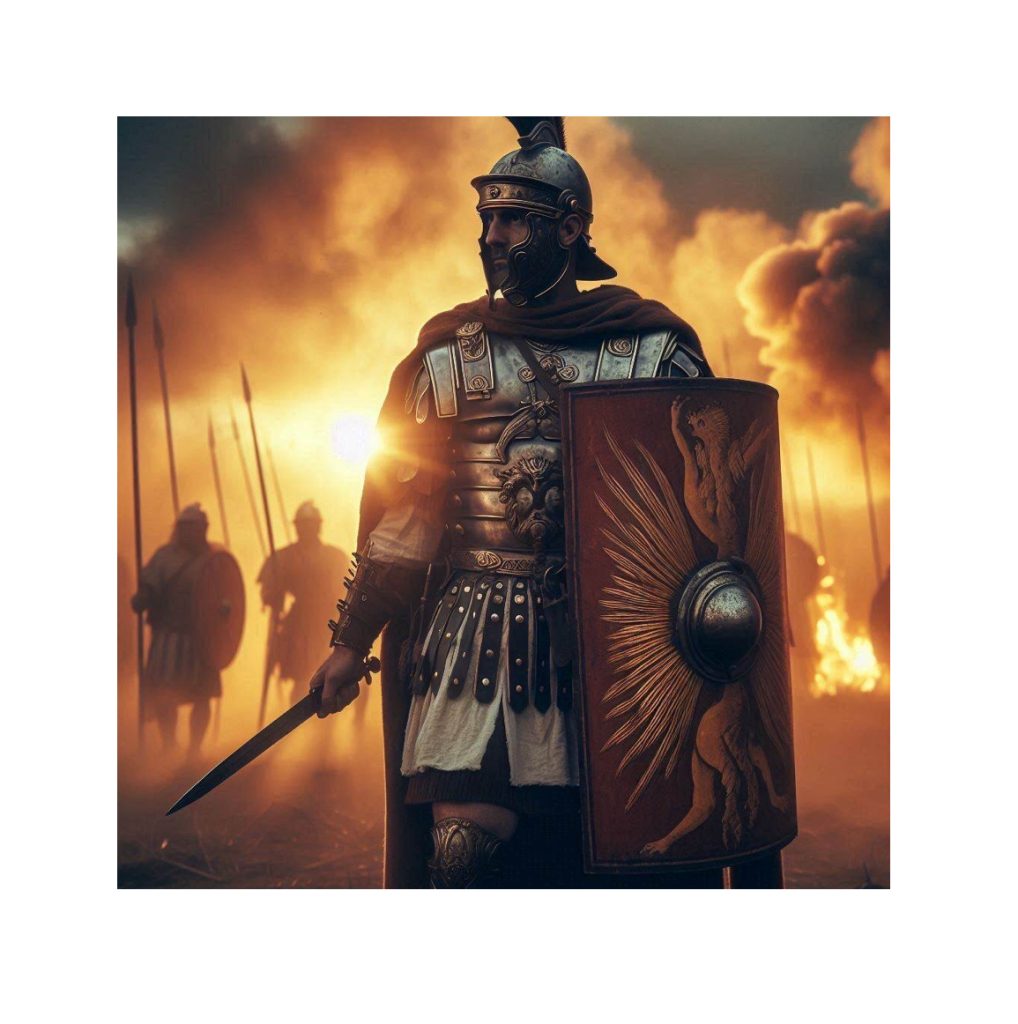
The Romans
Parchmarks in grassland revealed the previously unsuspected route of a Roman road running directly south from the Roman town of Carmarthen towards Kidwelly on the coast, a town more famous for its medieval castle. A Roman road had previously been guessed to run south or south-east from Carmarthen but was thought to be heading towards the Roman coastal fort at Loughor, west of Swansea. This new road now raises the possibility of an undiscovered Roman fort at Kidwelly itself, possibly obscured by the medieval castle and town. ( source: RCAHMW)
C4th
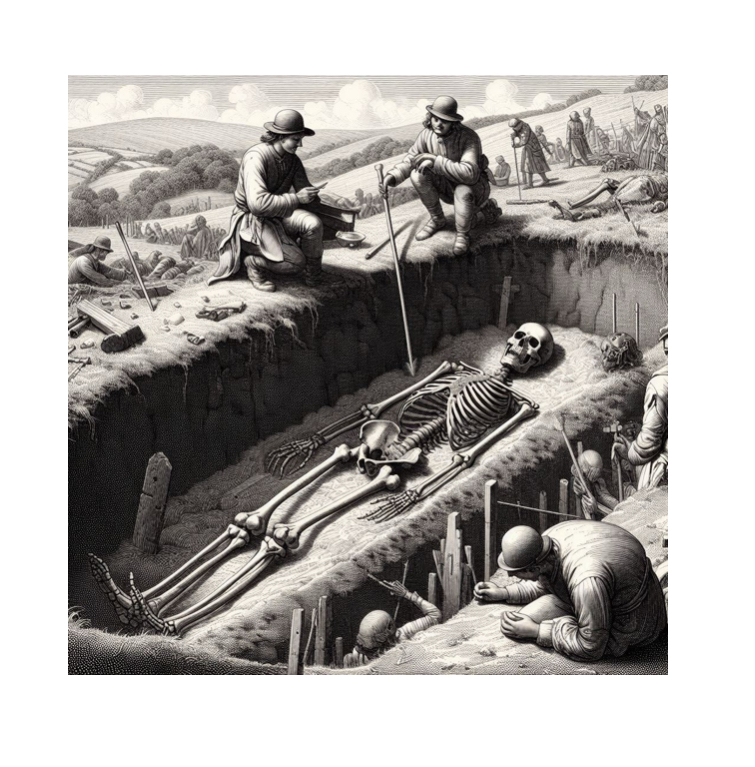
King Benisel
A tumulus near Kidwelly, in Carmarthenshire, in which a gigantic human skeleton, discovered in a somewhat peculiar cist, was discovered.
The cranium was depressed or flat in front, which led the
writer to conclude that this tumulus was the grave of Sawyl Benisel, said to have been an early British king, Benisel meaning ” flat-headed.”
C4th/C5th
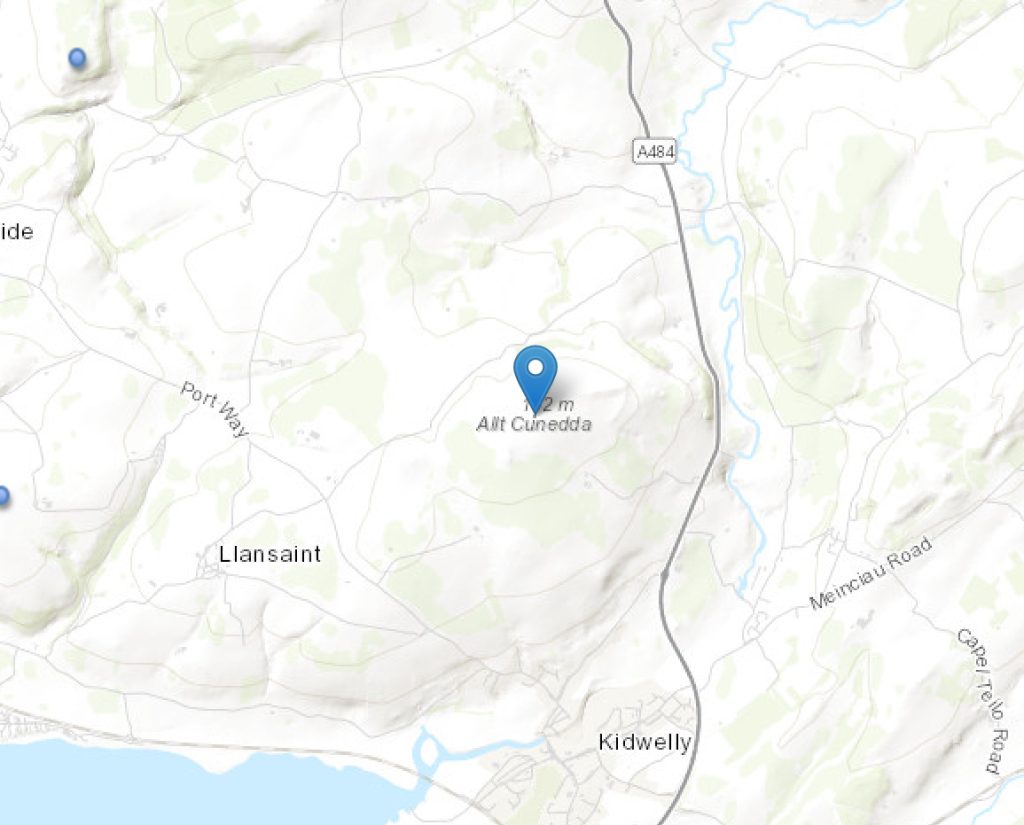
Alt Cunedda
There is a hill called Allt Cunedda, close to Cydweli (now Kidwelly) in Carmarthenshire, A local folk story, recorded by Victorian antiquarians, claims that Cunedda and his sons attempted to invade Cydweli, but was defeated and killed by rebellious locals and was buried in the Allt Cunedda.
C5th/C6th
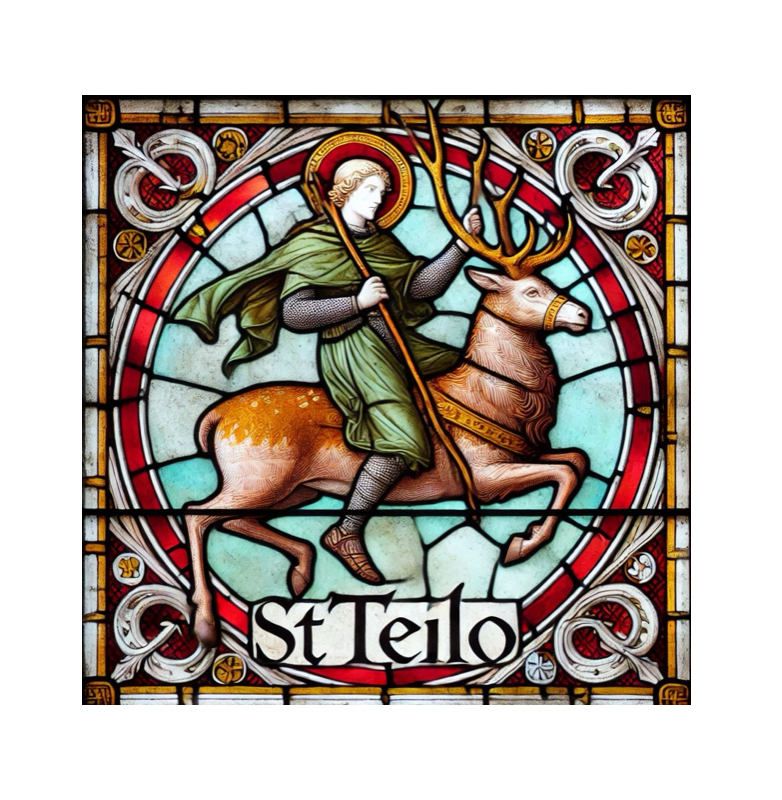
St. Teilo
Saints associated with Kidwelly…
St Teilo’s Mission Church, Mynyddygarreg is dedicated to this Saint…
St. Teilo was a significant figure in the early Welsh church, remembered as a monk, bishop, and a saint whose legacy has endured through numerous church dedications in Wales, Cornwall, and Brittany. Born around 480–500 AD in Penally, near Tenby in South Pembrokeshire, Teilo became renowned for his spiritual leadership and close connections to other key figures of Welsh Christianity, including St. David.
C5th/C6th
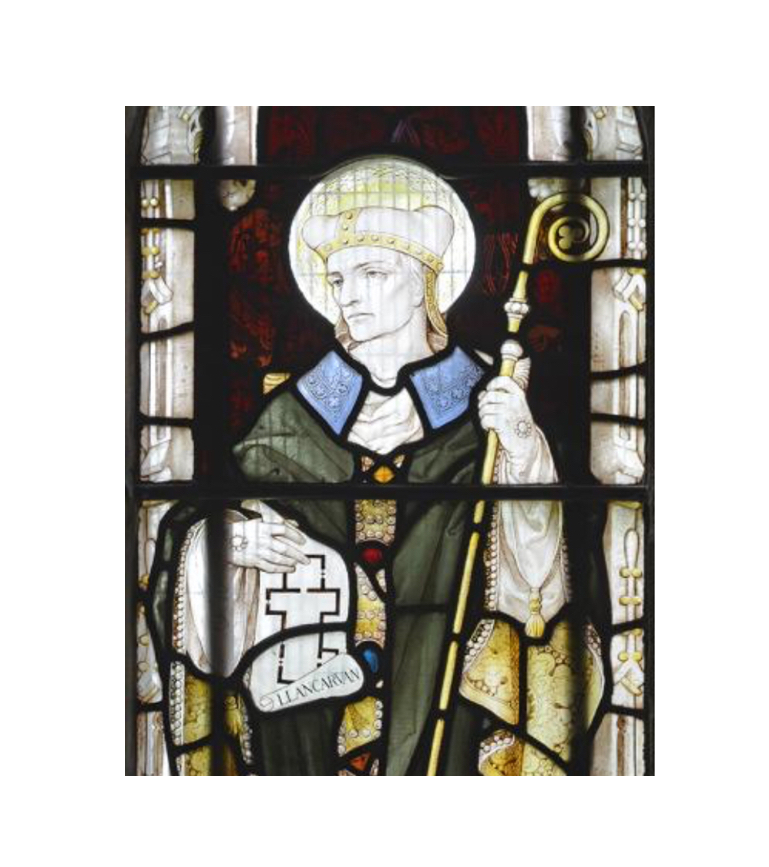
St. Cadoc
Saints associated with Kidwelly…
The Catholic Church Kidwelly is dedicated to St Cadoc as well as Our Lady, his name eliment still survives as Llangadog, Waungadog and Cadock’s Mill witch is now known as Middle mill.
Saint Cadoc (or Cadog), also known as Cattwg Ddoeth (“the Wise”), was a prominent figure of the 5th and 6th centuries in the British church. As the Abbot of Llancarfan in Glamorgan, Wales, he led a renowned monastery celebrated as a center of learning. It was there that Saint Illtud, another significant early British saint, began his religious life under Cadoc’s guidance.
Cadoc’s influence extended beyond Llancarfan. He is attributed with establishing churches across Cornwall, Brittany, Dyfed, and Scotland, underscoring his role in spreading Christianity in the Celtic regions. His wisdom and teachings are preserved in a significant collection of maxims and moral sayings, reflecting his intellectual and spiritual legacy.
C6th

Pilgrimage Route
Kidwelly (Cydweli in Welsh), played a modest but significant role in the network of routes used by medieval pilgrims on their way to St Davids in Pembrokeshire—one of the most important pilgrimage destinations in medieval Britain, owing to the shrine of St David, the patron saint of Wales. Pilgrims traveling from the eastern or southern parts of Wales, and even from England, often followed the southern coastal route westward. Kidwelly lay along this path, making it a logical and convenient stopover where travelers could rest, worship, and resupply.
The town was home to a Benedictine priory, a satellite of Sherborne Abbey in Dorset, which would have offered hospitality to pilgrims. Such monastic communities often provided essential services like food, shelter, and spiritual support. In addition, St Mary’s Church in Kidwelly, an established religious site, may have offered pilgrims the opportunity to attend mass or receive blessings before continuing their journey. The town’s location near the River Gwendraeth also made it a valuable crossing point. The surrounding marshland and watercourses presented natural obstacles, but Kidwelly’s ford—and later its bridge—offered a relatively safe and reliable passage westward.
From Kidwelly, pilgrims typically moved on toward Carmarthen, another significant religious and administrative center, and then continued west to Laugharne before reaching St Davids. These towns were interconnected through an evolving web of pilgrimage routes that spanned southwest Wales. The importance of this network was underscored by the fact that, according to medieval tradition, two pilgrimages to St Davids were considered spiritually equivalent to one journey to Rome. This elevated status greatly increased the flow of pilgrims through towns like Kidwelly.
Although Kidwelly was not a pilgrimage destination in its own right, it served as a vital waystation on the route to St Davids. Its religious institutions, favorable geographic location, and transport connections made it an important part of the spiritual and practical journey westward.
C9th

Nennius
The earliest written form of the name, ‘Cetgueli’, is recorded by the monk, Nennius, writing in the 9th century. One theory is that the name means the land, territory, or kingdom of Cadwal. Another theory is that the name is the combination of the two words Cyd (joint) and Gweli (bed), i.e., the joining of the two river beds Gwendraeth Fawr and Gwendraeth Fach wherein Cydweli lies.
C12th- C20th
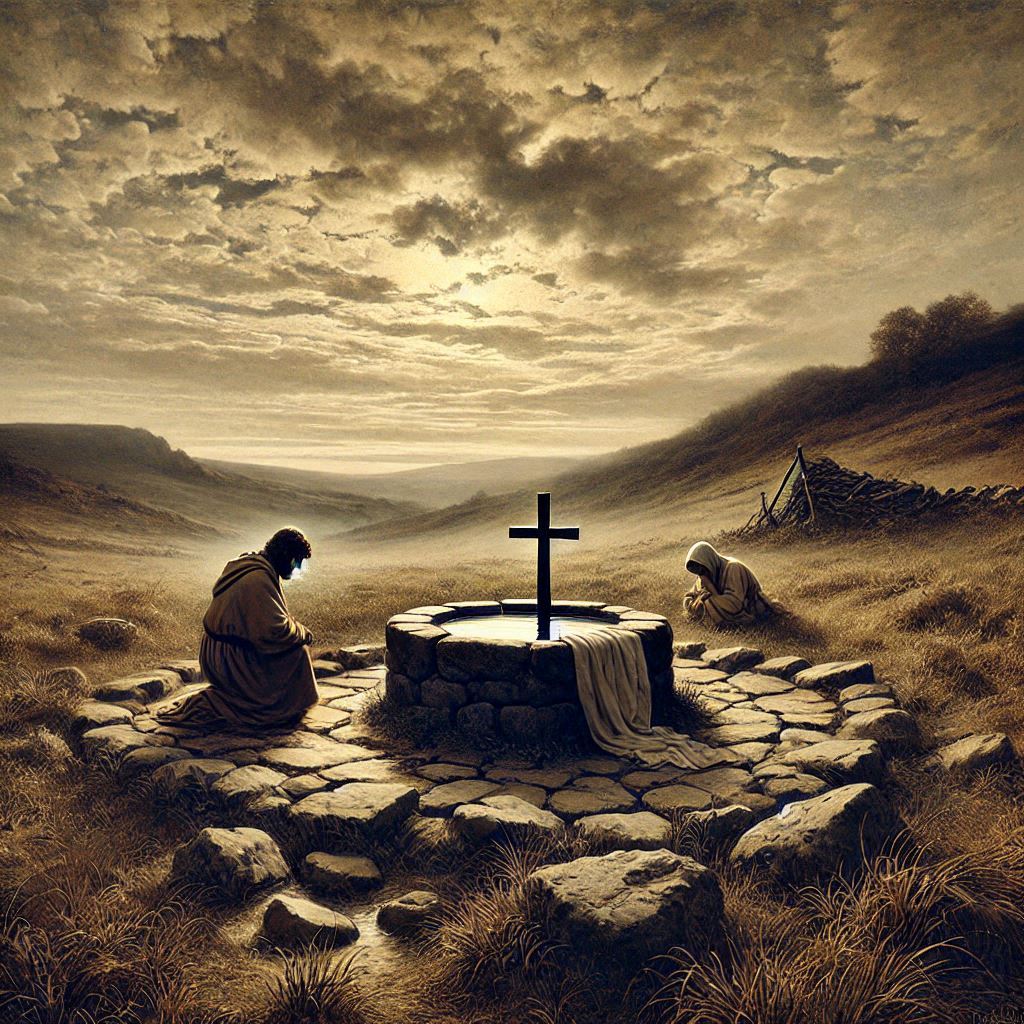
Holy Wells of Kidwelly
Whether by first instance or by rededication, however, many wells are dedicated to saints of the Celtic and Roman Calendars. The lives, the deaths, and even the thirsts of the Celtic saints provide a rich harvest of holy wells; but by far the most popular of the saints to whom wells are dedicated is the Virgin Mary. There are something like eighty wells dedicated to her throughout Wales; but perhaps the most appealing is Ffynnon Fair – one of two in the parish of Kidwelly. It is said that Our Lady landed by sea at Kidwelly and that she asked one of the local inhabitants to take her back to her ship. He refused – and killed her. According to local tradition, the descendants of this man have never succeeded in any enterprise to which they have put their hand; and, at the spot where she was killed, in a field called Arvell Meade to the north of the castle, a well sprang up. (source: Kemmis Buckley, MBE, DL, MA)
1100-1300
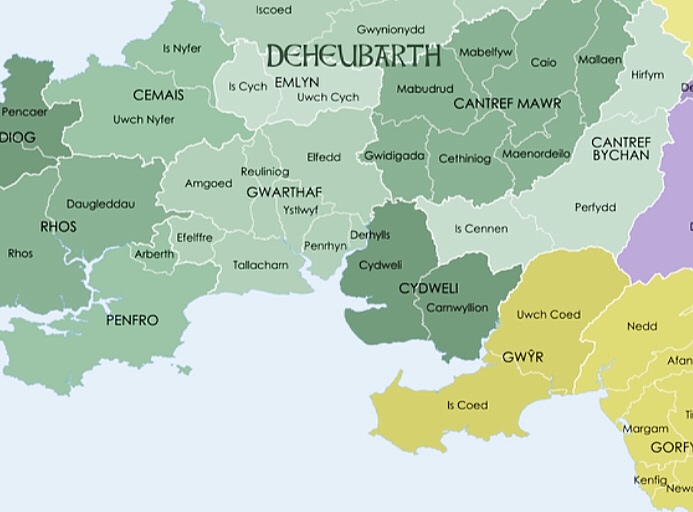
The Three Commotes
A commote is an administrative district used throughout Wales from the medieval period. Commotes were introduced as subdivision of the cantref, the Welsh a hundred in English. The cantref was originally an administrative centre of Welsh law, but this role was later taken over by the commote. There were usually 2 to 3 commotes per cantref, but there could be as many as seven.
C12th
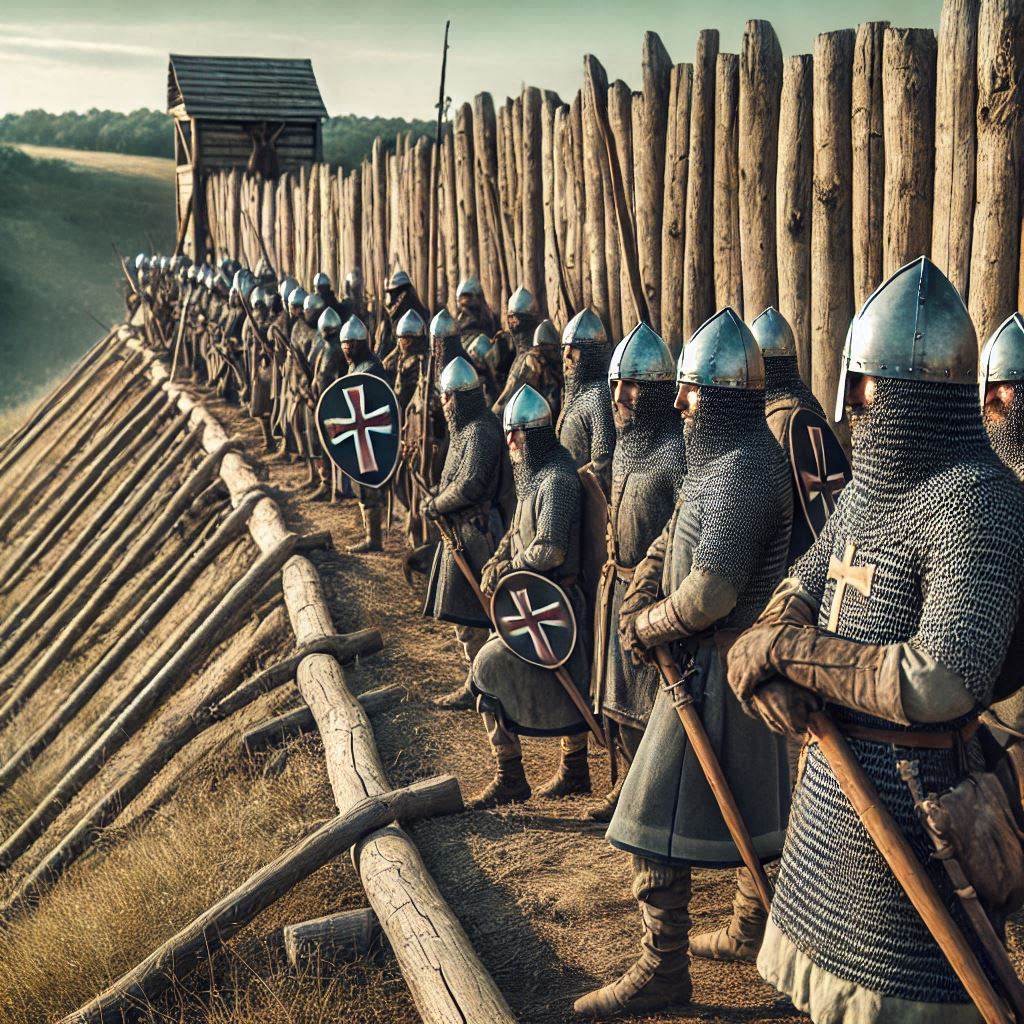
The Normans Arrive
The Normans built Kidwelly Castle as part of their strategy to consolidate control over Wales following their invasion. Here are the main reasons for its construction:
Military control, a symbol of power, control of communication and trade, base for expansion and an administrative centre.
C12th – C20th
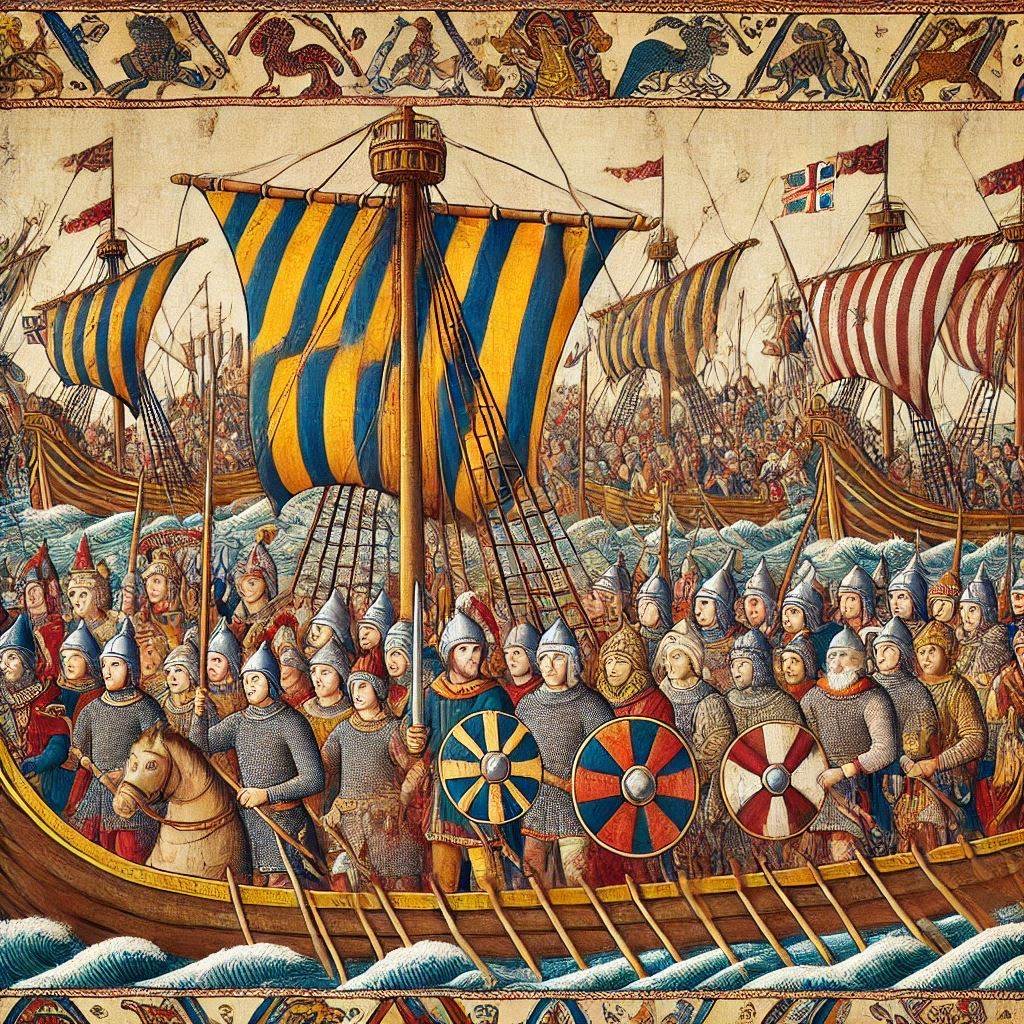
Kidwelly Port
The establishment of Kidwelly as a town and port is closely tied to its strategic importance during the Norman period. The construction of Kidwelly Castle in the early 12th century was a critical factor in shaping the settlement. Its location on the bank of the Gwendraeth Fach (Little or Lesser Gwendraeth) River was chosen with military needs in mind. Several key points highlight the significance of this site,
Kymer’s dock at Kidwelly continued to be used for the export of coal by coasters until 1919. It was used as a rubbish dump during the 1950s, but together with a short section of the canal was restored in the 1980s. A few of the structures of the canal can still be traced in the landscape, and the route of the now closed railway can be followed for most of its length.
C12th
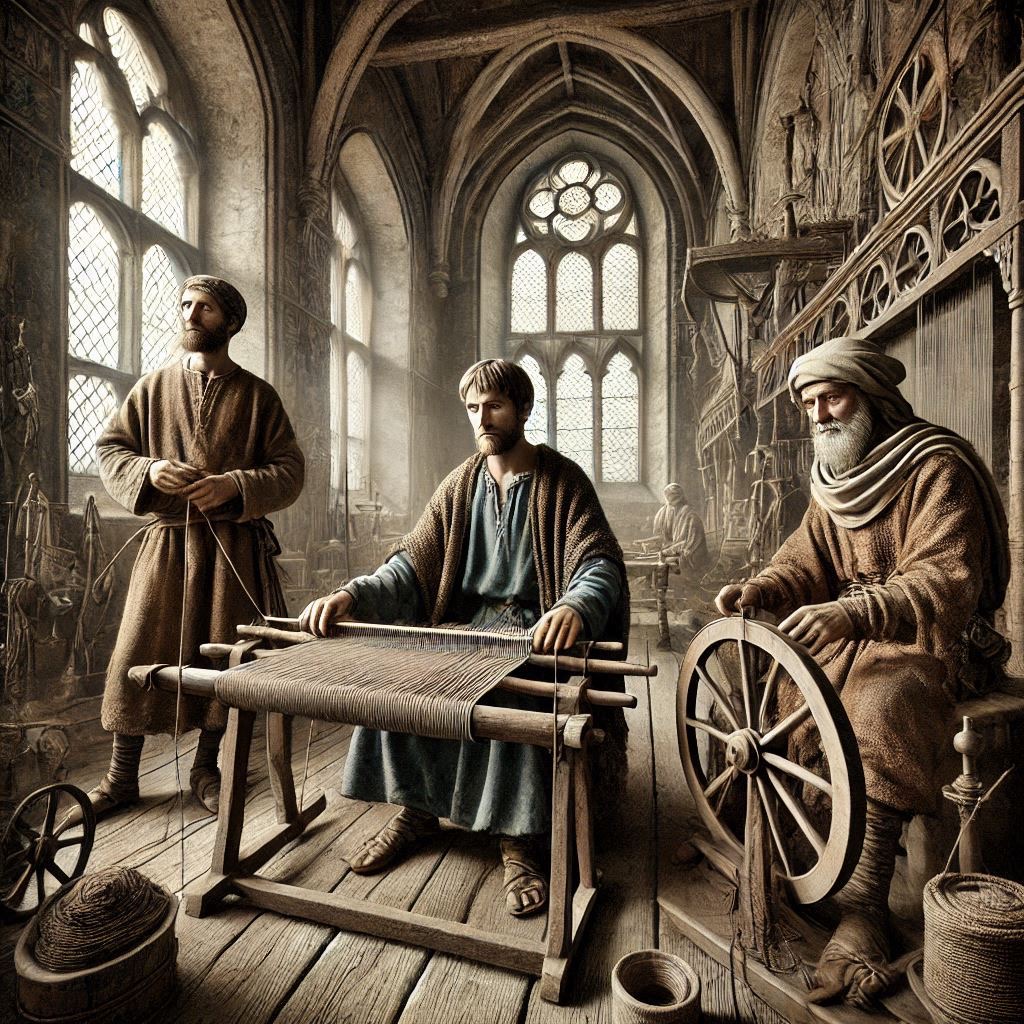
Flemish Weavers
Flemish immigrants were among the first settlers in Kidwelly, Wales, and played a significant role in the town’s development, The first townspeople were English, French, and Flemish immigrants, traders, and agriculturalists who were brought in to strengthen the Norman hold on the area
C12th – C16th
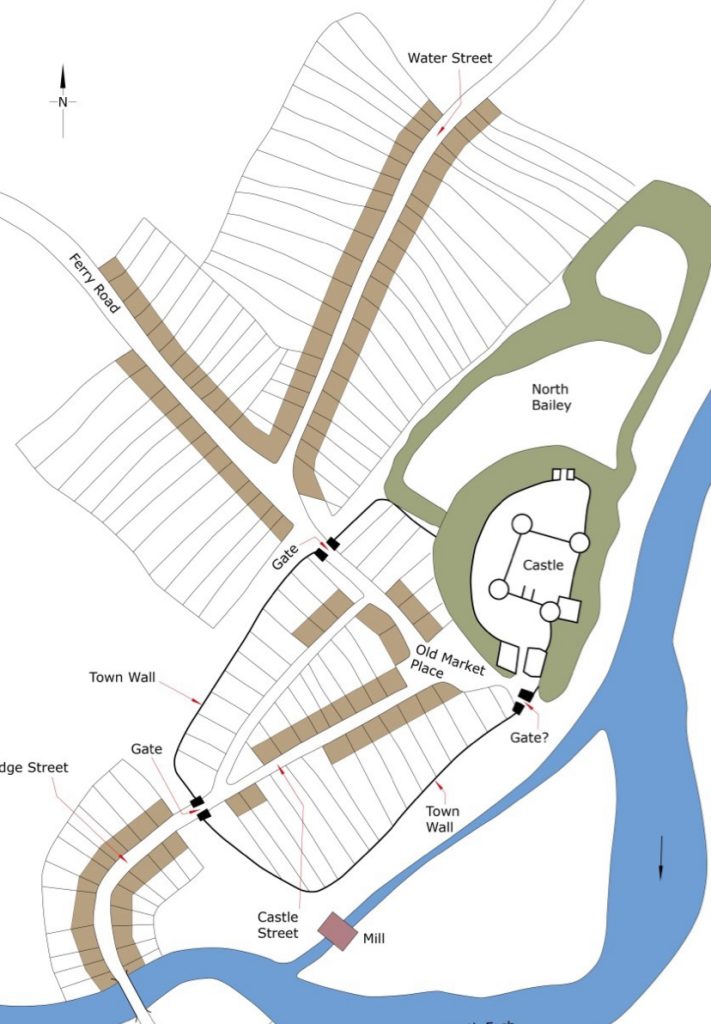
Burgages of Kidwelly
The passage indicates the historical presence of burgages and burgesses in Kidwelly, Wales, dating back to at least 115 years before 1230, which places their existence around 1115 or earlier. This evidence comes from an Inspeximus, a type of official confirmation document referenced in the Monasticon, which documents ecclesiastical grants and rights.
A medieval burgage plot was a long narrow piece of land in a Medieval town or city that was rented to a tenant, or burgess in exchange for rent.
C12th
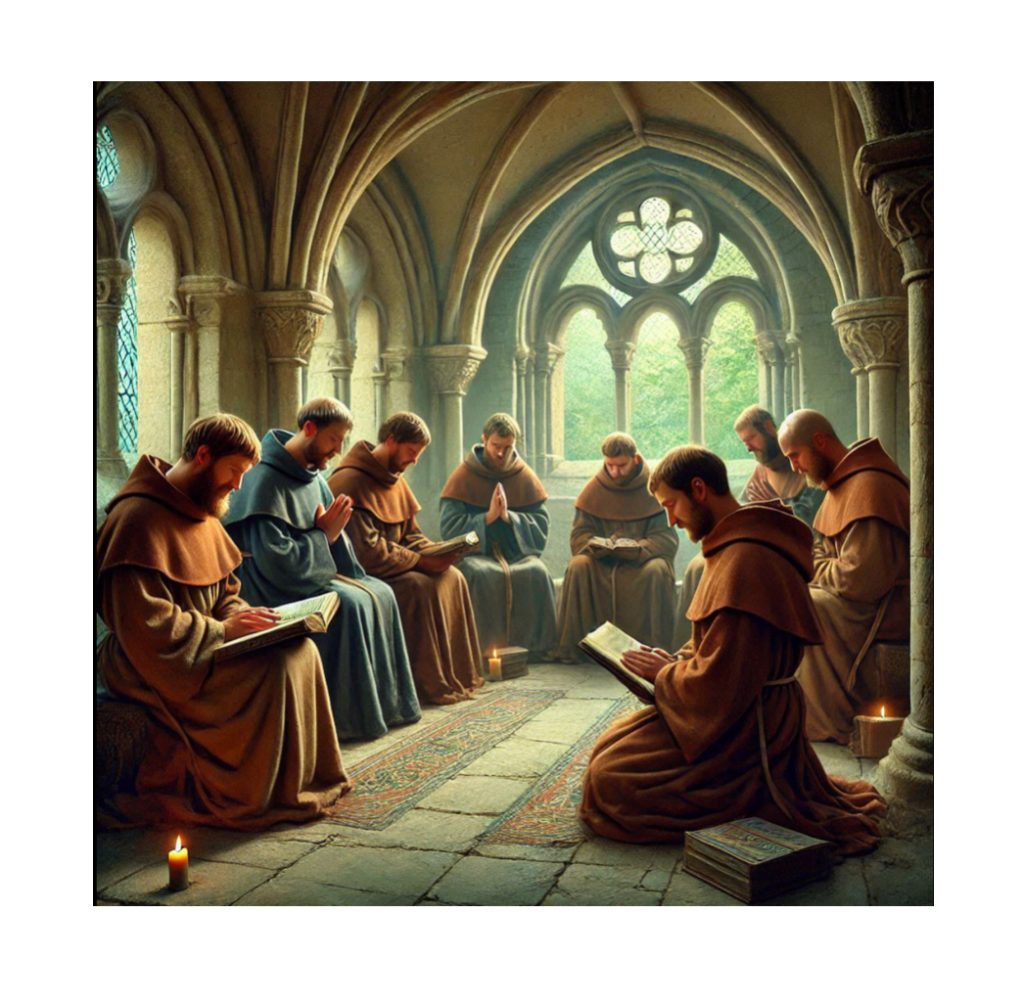
Kidwelly Priory
The Priory was always one of the smallest Benedictine cells founded by the Normans in medieval Wales. A daughter of the celebrated abbey of Sherborne in Dorset, it remained throughout its history a remote and little-known outpost of that great house, finding mention in the contemporary records only on rare and scattered occasions. There is not really enough surviving material to write a connected history of the priory
January 1136
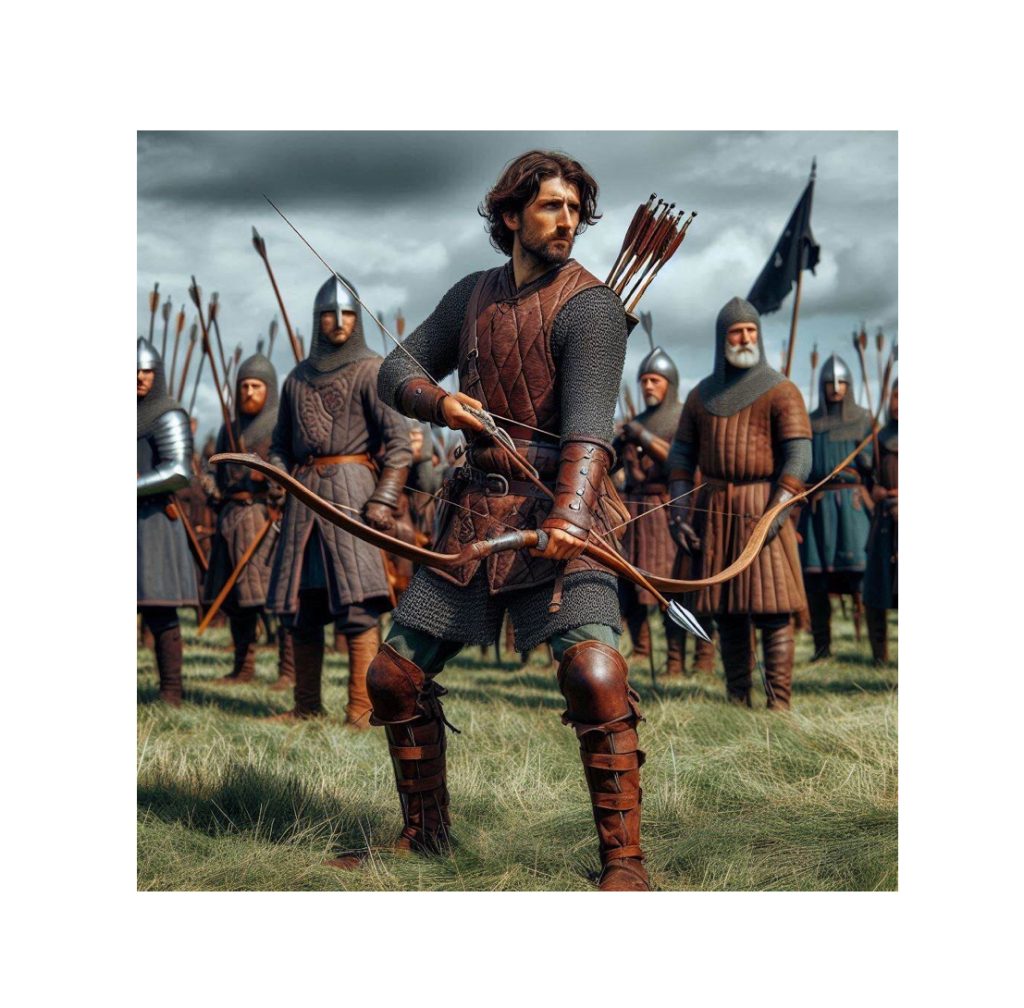
The Great Revolt 1136
.A Welsh revolt against Norman rule had begun in south Wales, where on 1 January 1136 the Welsh won a victory over the local Norman forces at the Battle of Llwchwr between Loughor and Swansea, killing about 500 of their opponents, they were reportedly led by Hywel ap Maredudd ap Rhydderch
c1136
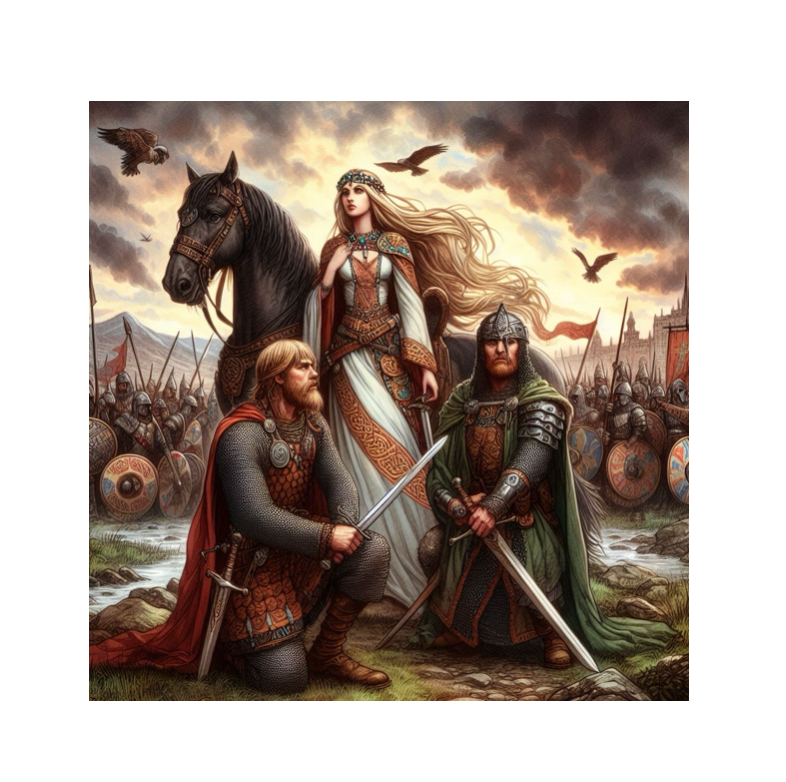
Battle of Maes Gwenllian
The battle of Maes Gwenllian at Mynyddygarreg should be viewed in the context of the breakdown of Anglo-Norman dominance across much of central and south Wales following the death of Henry I in December 1135. It also represents the only major battle in medieval Wales in which a woman is documented as having directly commanded one of the opposing armies. Gwenllian was the wife of Gruffydd ap Rhys, the Welsh prince of Deheubarth and daughter of Gruffydd ap Cynan prince of Gwynedd. (source Colfein)
C13th

Yr Hen Fenyw Fach
“The Dear Old Lady of Kidwelly”
A traditional Welsh nursery rhym, “Hen Fenyw Fach” may have been Lady Hawise de Londres who lived at Kidwelly Castle as a child.
Hen fenyw fach Cydweli yn gwerthy losin du, yn rhifo deg am ddime,
unarddeg i mi. Wel dyma’r newydd gorau ddaeth i mi, i mi, dyma’r newydd gorau ddaeth i mi, i mi, oedd rhifo deg am ddim. e, ond unarddeg i mi…
Little old lady of Kidwelly selling liquorice, counting ten for a halfpenny, but eleven for me. Well, this is the best news for me, for me, Well, this is the best news for me, for me, counting ten for a halfpenny, but eleven for me…
C13th
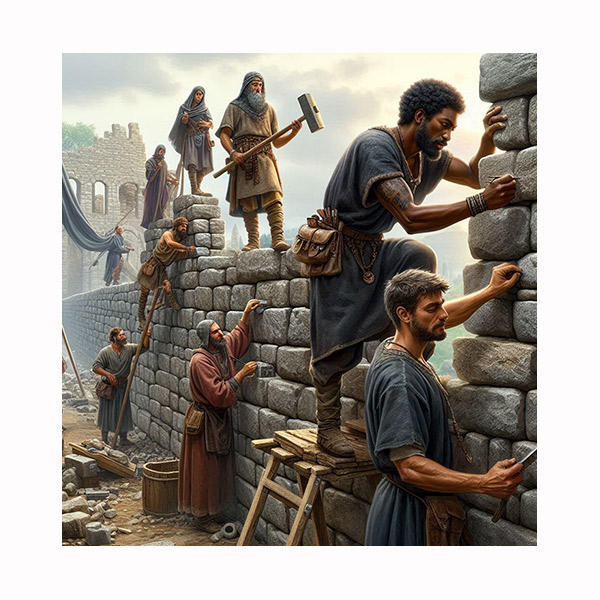
Town Wall Construction,
The construction of the town walls around Kidwelly began in the late 13th century. The earliest known murage grant, which authorized the townspeople to enclose their settlement with walls, was issued in 1280. This grant likely led to the construction of stone fortifications, replacing earlier timber and earth defences, by around 1300.
The walls enclosed the area south of Kidwelly Castle, forming a roughly rectangular shape. They included at least two main gates: one to the southwest and another to the northeast, connecting the town to the castle. The best-preserved section of the wall runs west from the castle moat on the north side of the town. This stretch is about 1.6 meters wide and survives to an average height of 2.3 meters.
By the early 14th century, Kidwelly had become a thriving market town. The town’s development was further supported by its first charter in 1308, which was confirmed in 1357, granting rights to hold markets and fairs. However, the town faced setbacks, including destruction during the Welsh uprisings, notably in 1257 and 1403. Despite these challenges, the town walls and gates remained significant features of Kidwelly’s medieval landscape.
Today, remnants of the town walls, including the town gate, are preserved as scheduled monuments, offering a glimpse into Kidwelly’s medieval past
Timeless
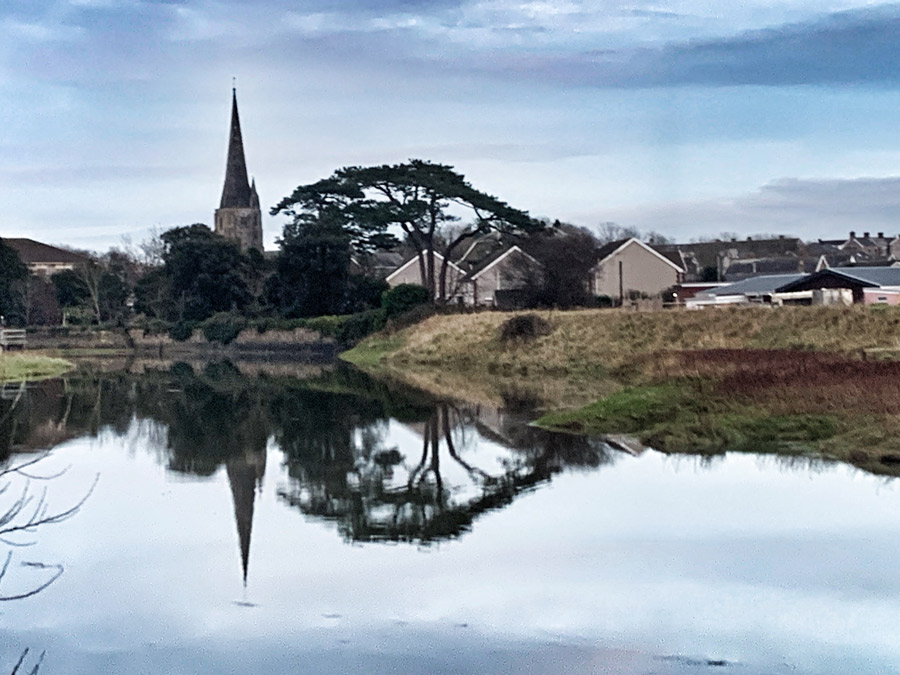
The Gwendrath Fach
The River Gwendraeth Fach played a vital role in the development and historical importance of Kidwelly. As a navigable waterway leading to the sea, it enabled the transport of goods and resources, supporting trade and commerce. During the Industrial Revolution, the river became especially important for exporting coal, limestone, and agricultural products, helping local industries such as coal mining and tinplate works to thrive. These industries relied on the river not only for transportation but also for essential water supply. In medieval times, the river held strategic military value, serving as a natural defensive barrier and influencing the location of Kidwelly Castle and other fortifications. Additionally, the river supported the agricultural economy by providing water for farming and enriching the fertile land along its banks. Overall, the River Gwendraeth was central to Kidwelly’s economic, military, and social development throughout its history. (Image Gwendrath Face looking towards St Mary’s Church)
C12th-C13th
The Town Takes Shape
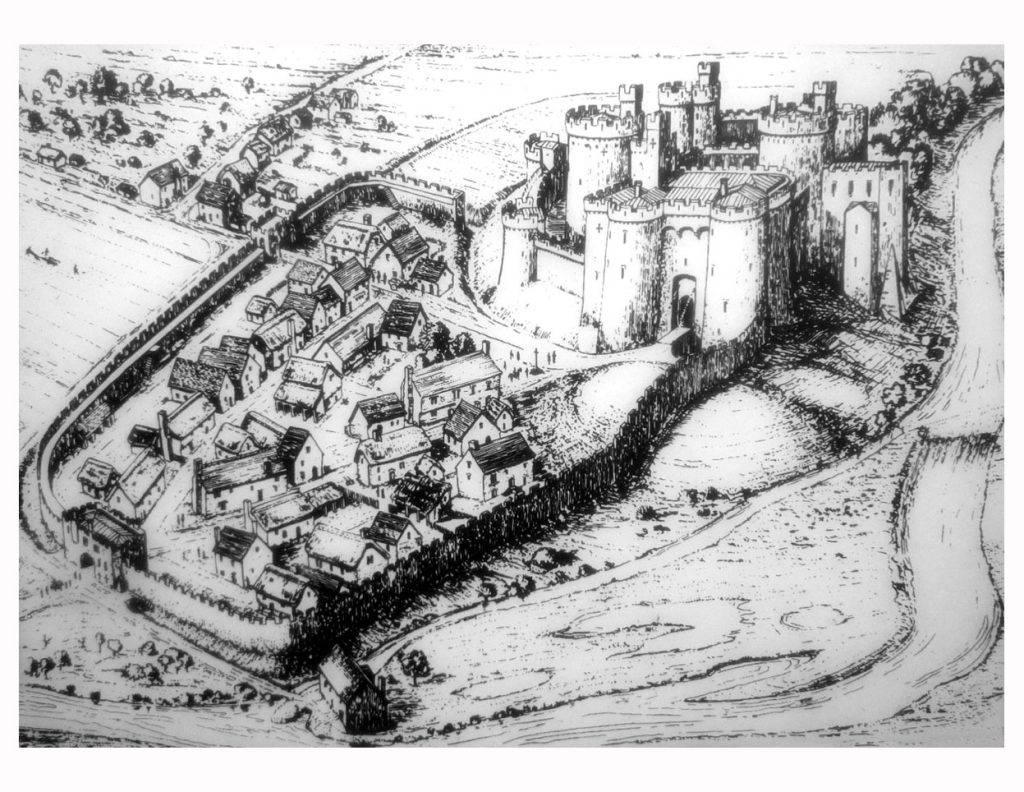
The original layout of Kidwelly’s old town began as a planned Norman settlement, closely linked to the construction of Kidwelly Castle in the early 12th century. Its development followed a typical medieval town model—designed for control, defense, and economic expansion under Norman rule.
The castle-centric design, dating from around 1106, played a crucial role in shaping the town. The Normans built Kidwelly Castle as a military stronghold to secure their authority in southwest Wales. The town then developed immediately to the south and west of the castle, benefiting from its protective presence. The castle dominated the landscape both physically and politically, with commanding views over the River Gwendraeth, which added to its strategic value.
By the mid-to-late 13th century, Kidwelly evolved into a planned medieval borough, likely organized under the influence of the de Chaworth or de Valence lords. The borough featured a rectilinear street grid with fairly regular plots, a central market area, and designated burgage plots—narrow strips of land rented by townspeople. This layout not only encouraged economic activity but also provided structure and order to the growing community. The parish church of St Mary’s, located within this grid, served as a spiritual and communal focal point for the town.
C13th
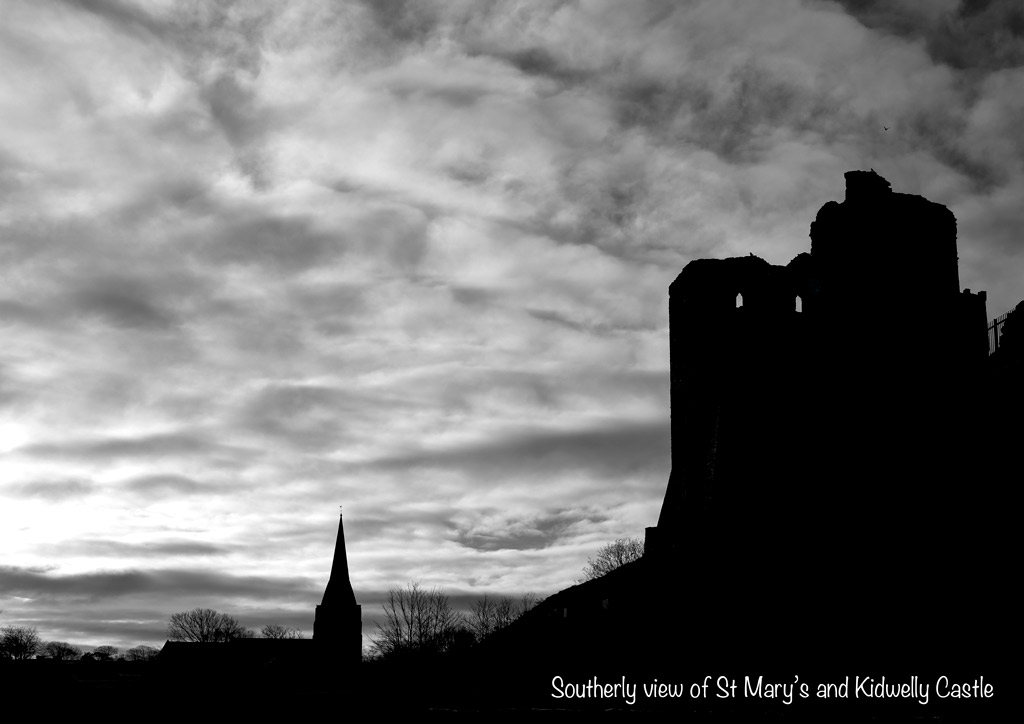
The Church of St Mary, Kidwelly.
The 13th century re-design was commissioned by Edward I as a strategic part of his ‘Ring of Steel’ oppression against the Welsh. At the time of the stone castle’s creation, Kidwelly benefited from the latest strategic military thinking in castle design. It had a concentric design with one circuit of defensive walls set within another to allow the castle to be held even if the outer wall should fall.
C14th
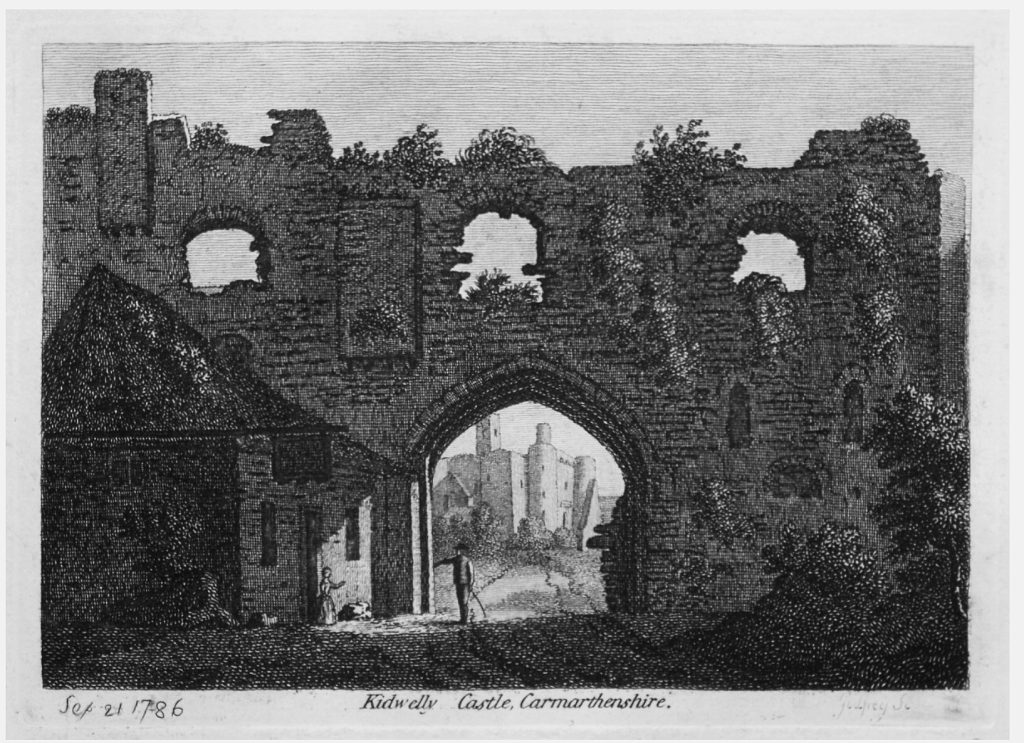
Gatehouse, Kidwelly
Situated at SW end of Castle Street, some 130m WSW of Kidwelly Castle.
Medieval gateway, probably early C14, though aid for walling the town was given in 1280-1. The principal gate to the small walled town SW of the castle. Reconstruction drawings suggest a single rectangular structure with chamfered spur-footed angles, of three storeys with battlements. Scheduled Ancient Monument. More info
C12th-C15th
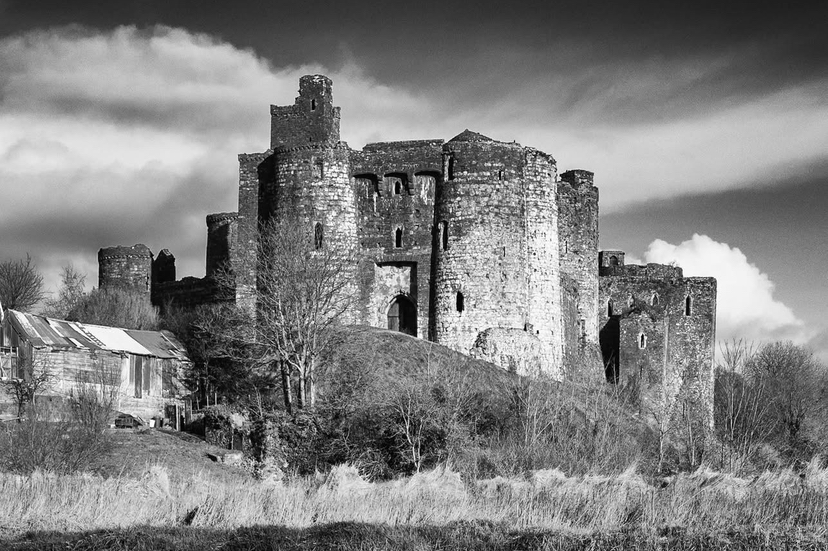
Medieval Conflicts and Sieges
Kidwelly’s strategic importance made it a focal point during medieval Welsh-English conflicts. In 1136, Gwenllian ferch Gruffydd led a Welsh force against the Normans near Kidwelly Castle. She was captured and executed, but her legacy endures as a symbol of Welsh resistance. Later, in 1403, during Owain Glyndŵr’s rebellion, Kidwelly town was captured, although the castle withstood the siege until winter. The town suffered significant damage and was described as “waste and desolate” by 1444.
1403

Siege by Owain Glyndŵr
In 1403, during the rebellion led by Owain Glyndŵr, Kidwelly Castle was besieged by Welsh forces. Although the town was captured, the castle itself held out against the siege. The defenders were eventually relieved by a Norman army, but the gatehouse sustained significant damage.
